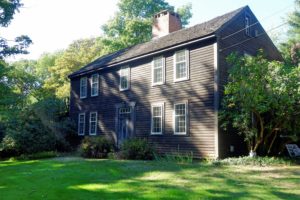Background Material for Chapter 5
Day of the Revolution
from Family Stories …and How I Found Mine
by J. Michael Cleverley
by J. Michael Cleverley
My great-great-grandfather Charlie Leonardson’s great-great-grandfather, Jonas Barrett, was 1st lieutenant in the Ashby, Massachusetts, Minuteman company. Early the morning of April 19, 1775 a messenger brought him the alarm that Paul Revere and two other riders had rushed from Boston the previous night. The British were coming. Jonas grabbed his musket, shot the agreed signal, and within minutes the company’s 45 men were assembling in front of his house. They quickly stepped off on a forced 30-mile march to oppose the British column.
In Concord, Jonas’s extended family were already eye-to-eye with the Redcoats. Cousins, uncles, and aunts were all involved. His Uncle James, Col. James Barrett, was commander of the American forces on the field. In fact, Col. James’s farm was the objective of the British march.
Chapter 5 tells the stories of how this extended family faced off with the British task force on the Revolution’s first day.
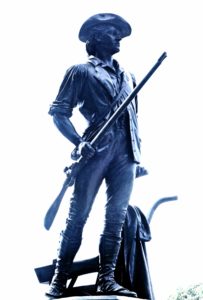
Minuteman Statue
Minute Man National Historical Park, Concord
General Thomas Gage sent the 800-troop Redcoat column on a night march to Concord to confiscate the huge cache of arms that the colonials had assembled on the James Barrett farm. The Barrett farmhouse had been built by his father, and my 8th great-grandfather, Benjamin Barrett, Sr. Thousands of arms and rounds of ammunition (including cannon) were stored in its barn and around the farm. Fortunately, a few days before his famous ride, Paul Revere made an earlier visit to warn James that a British incursion was immanent. The entire family worked around the clock to re-locate everything. When three Redcoat companies finally reached the farm, there was nothing to be found. Today, Minute Man National Historical Park preserves the old home, opening it one or two days each year for visitors.
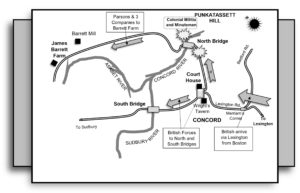
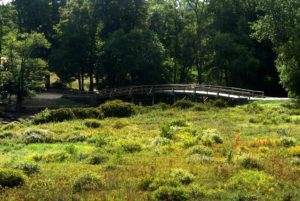
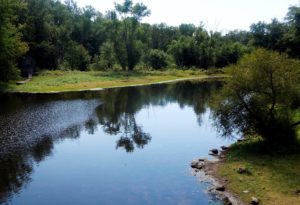
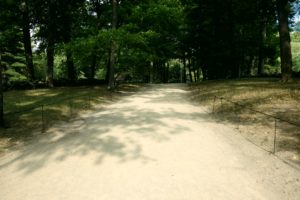
It’s hard to imagine a spot which from its tranquility would seem a less likely place for a revolution that would inalterably change the history of the world. The road to Concord through which the British marched in step, drums and fifes playing all the way, meandered through the Spring countryside of beautiful New England. The bridge where the first shots of resistance echoed was quiet, and the Concord River that flowed beneath it was as placid a place that ever was.
With companies from neighboring towns quickly arriving at the scene, Col. Barrett was soon commanding a force of hundreds of Militiamen and Minutemen, a force that well exceeded the proud red British force. Several Barrett cousins were in command of some of these companies. These colonials were hardly a rag-tag group of farmers and shop keepers. As the British found out, they were well trained, effective, and many of them seasoned soldiers.
I once saw from a National Park Service document that my grandfather Jonas in the 1760s had built a home in Ashby, Massachusetts, modeled after his grandfather’s, then known as the James Barrett home. For many months I searched and roamed the internet to find Jonas’s house, but I never did. Then, late one afternoon when driving the back roads of Massachusetts, a serendipitous event (“miraculous” in my vocabulary) brought me to its doorstep. And not just that, a mysterious decades-old loose newspaper clipping given to me in a country store told me the home’s history. It’s too long for here, but the stirring story is in Family Stories …and How I Found Mine.
